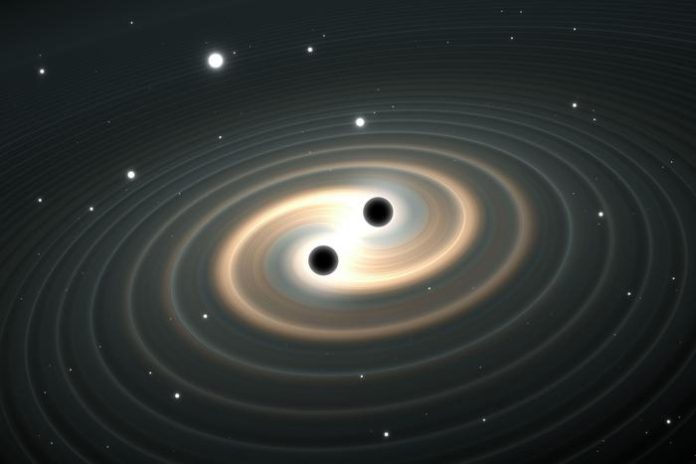Scientists from the Universities of Birmingham and Sussex have unveiled a compact, ground-based detector that uses atomic clock technology to detect gravitational waves in the previously inaccessible milli-Hertz frequency band, opening a new cosmic frontier
In a major advance for gravitational wave astronomy, scientists have unveiled a novel, compact detector design poised to fill a crucial “mid-band” blind spot in the gravitational wave spectrum.
Developed by researchers at the Universities of Birmingham and Sussex, the new concept uses cutting-edge optical cavity and atomic clock technologies to detect gravitational waves in the elusive milli-Hertz frequency band, ranging from to Hz. This ground-based approach promises immediate access to a wealth of unexplored cosmic phenomena, decades before planned space missions.
Bridging the gravitational wave gap
Gravitational waves—ripples in spacetime first detected by LIGO—have been observed at high frequencies by terrestrial interferometers like LIGO and Virgo, and at ultra-low frequencies by pulsar timing arrays. However, the range has remained inaccessible from the ground due to seismic and gravitational noise, posing a significant scientific gap.
The proposed detector overcomes this limitation by employing optical resonator technology, originally developed for highly precise optical atomic clocks, to measure tiny phase shifts in laser light induced by a passing gravitational wave. Co-author Dr. Vera Guarrera, from the University of Birmingham, noted that by leveraging this mature technology, they can “extend the reach of gravitational wave detection into a completely new frequency range with instruments that fit on a laboratory table.”
Immediate access to cosmic secrets
The milli-Hertz “mid-band” is theoretically rich with signals from various astrophysical and cosmological sources. These include compact binaries of white dwarfs and certain types of black hole mergers. While the ambitious space mission LISA is slated to explore this band, its launch isn’t scheduled until the 2030s. The compact, ground-based optical resonator detectors offer an immediate, cost-effective solution.
“This detector allows us to test astrophysical models of binary systems in our galaxy, explore the mergers of massive black holes, and even search for stochastic backgrounds from the early universe,” said co-author Professor Xavier Calmet of the University of Sussex.
Published in Classical and Quantum Gravity, the researchers’ design involves each unit consisting of two orthogonal ultrastable optical cavities and an atomic frequency reference. This configuration not only allows for enhanced sensitivity but also enables multi-channel detection to pinpoint a wave’s polarisation and source direction, opening the door for a global network of new gravitational wave observatories.











